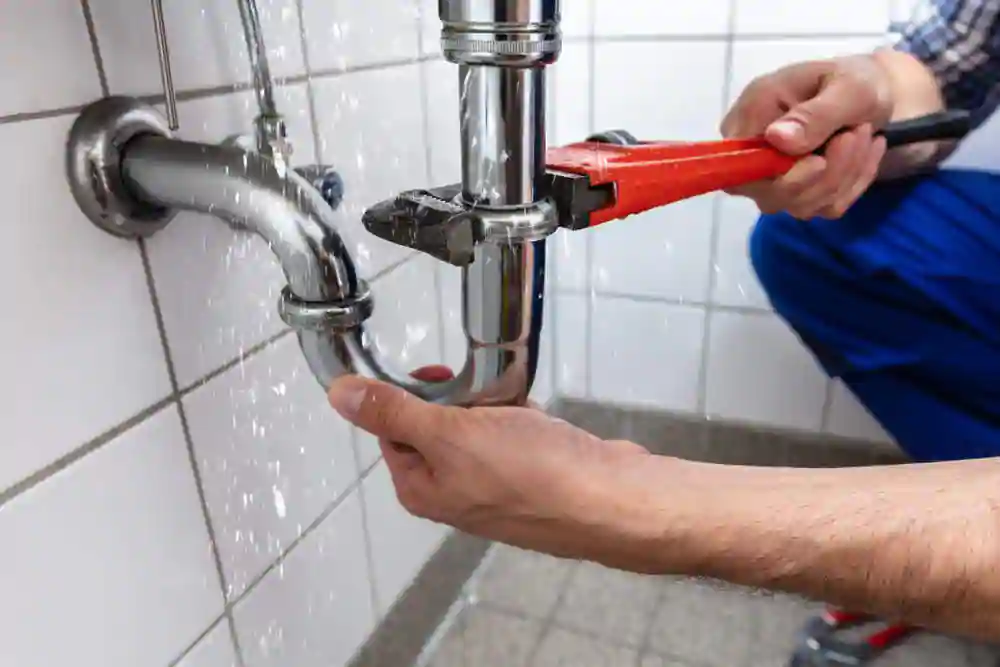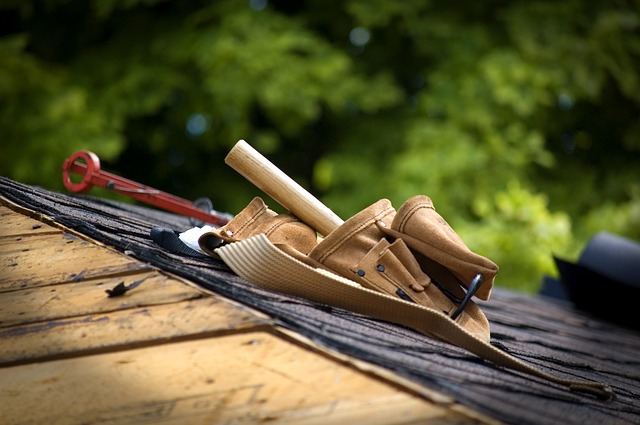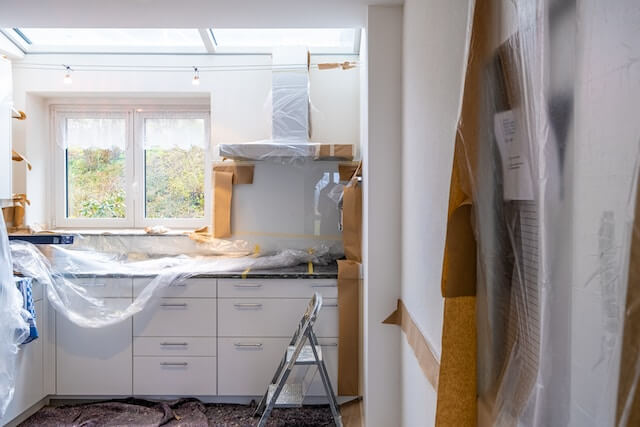Gardens are not just plots of land; they are spaces where memories and plants grow side by side. When the time comes for moving your garden, it’s crucial to approach the task with care. Whether it’s a backyard filled with perennials or a collection of potted plants on your balcony, each requires a specific strategy for relocation. Ensuring you have good quality content to guide you is essential in preserving your green space during the move.
Prepare For Moving Your Garden
Before you start packing up your garden, it’s important to check the health of your plants. Weak or diseased plants might not survive the relocation, so consider whether it’s worth taking them with you or starting afresh. Also, timing is crucial. For most plants, the best time to move is during their dormant season, typically in late fall or early winter, which reduces stress and increases their chances of thriving in a new environment. Conveniently, this is also when long-distance relocation experts in Canada are the least busy – so you will get a great deal, and your plants love this season for moving over any other. It might not be the perfect time for you to move, who likely prefers summer, but your plants will have a much greater chance to thrive in your new home.
Potted Plants Need To Be Handled With Care
Moving potted plants seems straightforward but requires some finesse to ensure they arrive healthy and intact. Start by pruning larger plants to reduce their size and make them easier to transport. This makes handling easier and helps the plant focus its energy on re-establishing its roots in the new location. Secure the pots in boxes or special plant holders and ensure they are not tipping over during the move. Once at your new home, give the plants good water and place them in light conditions to help them adjust before moving them to a brighter or darker spot.
Transplanting Perennials Needs To Be Handled With Even More Care
Transplanting perennials requires careful planning, or you will potentially waste years of care and have to start anew. A few weeks before the move, ideally in the winter and fall, start by trimming back the plants and digging around them to ensure you take as much of the root system as possible. If moving from a cold region like Canada, try to do this during midday or warmer days to make the process more comfortable for you. Use a sturdy spade and lift the plant gently to minimize root damage. You will inevitably damage some roots, but the plant will be good as long as the majority stays intact. Replant them as soon as possible in prepared soil that matches the conditions they were used to. This quick reestablishment helps minimize transplant shock.
What Should You Do With Garden Beds?
For those with raised garden beds, the challenge is to move the structure and the soil without disturbing the plant’s roots too much. If the beds are small, you can transport them intact. However, removing the soil and dismantling the frame is often necessary for larger beds. Label each part and pack the soil in containers to preserve its quality. Once reassembled in your new garden, refill the beds with the original soil and reintegrate your plants. As Epic Gardening recommends organic, no-till gardening, maintaining the soil’s integrity is key to a successful garden.
Can Seedlings Survive Relocation?
Seedlings are small baby plants that are very gentle compared to their grown-up version. But even though tender, they are more resilient than one might think. Certain seedlings are stronger than others, but they all deserve a chance to be at your new home.
Firstly, keep them in a stable environment throughout the move. Use containers that protect them from too much jostling and maintain a steady temperature. A seedling tray would be ideal since more plants are in the same container. For example, if you’re moving in cooler weather, when people usually have feelings, transport them in your car, where you can control the temperature.
Moreover, maintaining proper light is critical for young plants. Portable seedling lights can be a lifesaver during a move, especially if the journey involves several days. It is important to know that grow lights need between 5000-6500 K and no less than 2000 lumens – but more is better.
What About Gardening Tools?
You will want to take them unless you have lived in a rented home and used their gardening tools. Gardening tools are not cheap! When moving your garden tools, cleanliness and organization are key. Here’s how you can prepare:
- Clean each tool: Clean your tools from soil and debris to prevent the spread of diseases to your new garden.
- Sharpen blades: This includes shears, spades, and pruners to ensure they’re ready for use in your new space.
- Pack safely: Wrap sharp tools in bubble wrap and secure them in a toolbox or similar container to prevent injuries during the move.
Give Yourself Enough Time to Do These Tasks Carefully
When relocating your garden, considering professional help for the moving logistics can free up your time to focus on your plants. Centennial Moving Canada has been providing reliable services since 1995, boasting extensive experience in long-distance moves, including Canada to USA relocations, and offers secure storage solutions. Handling the logistics of your household move allows you to dedicate more attention and care to transplanting your garden effectively. Their seasoned expertise ensures that the rest of your belongings are moved efficiently, giving you peace of mind and the bandwidth to concentrate on your green space during this busy time.
Setting Up the New Garden
Once you arrive at your new home, the exciting part begins—setting up your new garden. Plan the layout considering the sunlight, wind patterns, and soil type. This planning stage is crucial for adapting your garden to its new environment. Utilizing resources like FarmFoodFamily guides and stories can provide innovative ideas and practical tips for organizing your garden efficiently.
Maintenance Tips Post-Move
After moving your garden, the first few weeks are critical for plant recovery. Here are some steps to help your plants adjust and thrive:
- Water generously: New transplants need plenty of water to help their roots establish.
- Monitor closely: Monitor your plants for signs of stress, such as drooping leaves or discoloration.
- Adjust as necessary: Sometimes, despite your best efforts, a plant might not thrive in its new spot. Be ready to relocate plants within your garden if they seem unhappy.
Enjoy Your New Green Space
Moving your garden is a big task, but it’s also a chance to rejuvenate and improve your green space. With the right preparation and care, your plants can survive and thrive in their new environment without you having to monitor them too much after the first few days. This way, you will have time to enjoy the best museums in the world you need to visit, and you will be happy knowing that your plants will grow and feed your family for months to come.















